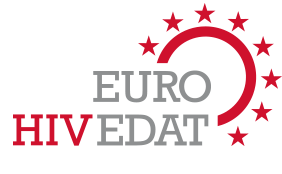Self-sampling means that the client obtains a test kit (e.g. from a pharmacy), follows the instructions to take the sample (usually blood by finger-prick), and then sends it in for testing. The laboratory then communicates the results directly to the client (usually by SMS and/or telephone).
Self-testing means that the client obtains a test kit and follows the instructions to perform the whole test, including taking the sample (usually blood by finger-prick), adding it to the test solution and reading the results.
Self-Sampling and Self-Testing are becoming available in more and more European countries. In some countries they are a proving to be crucial in achieving higher testing rates among MSM.
Swab2know was a Euro HIV EDAT pilot intervention to assess the acceptability and feasibility of an outreach intervention with MSM and migrants. Online communication of test results was implemented in 6 European countries (Belgium, Spain, Portugal, Denmark, Romania and Slovenia). It included two websites to deliver test results and for post-test counselling (www.swab2know.euand www.lapruebaencasa.com). These were translated into the languages of the participating countries.
An detailed manual and report for this pilot study intervention is available at: Swab2know: Manual for the development and implementation of an HIV testing approach using outreach and home sampling strategies and online communication of HIV test results.The S.A.M. project developed by the Munich AIDS organisation and its partners offers a self-sampling service for HIV, syphilis, gonorrhoea and chlamydia across its four Bavarian Checkpoints. Clients attend a one-off counselling session at one of four regional centres and can then register to a test kit every 3, 6 or 12 months. This approach is particularly tailored to people living in rural areas. Clients receive their test kits in the post and take and send in their own blood and urine samples. Negative results are provided by SMS and positive results by an SMS requesting a call back. A medical professional is then available to advise on the results and next steps. More information (in German only) is available at: https://samtest.de/
